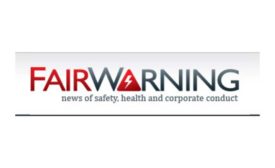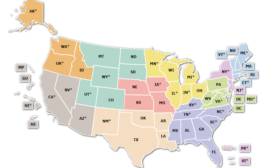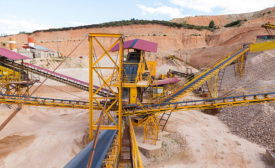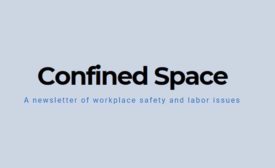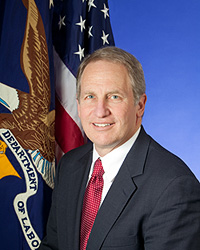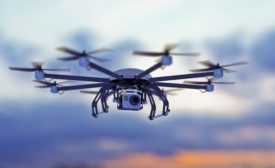Home » hazmat
Articles Tagged with ''hazmat''
Vahid Ebadat announces launch of Stonehouse Process Safety
Stonehouse provides expert process safety consulting, testing, training and litigation support services throughout the process industries
October 1, 2018
A Confined Space blog post
Don’t want to be incinerated in your sleep? Too bad
September 28, 2018
A FairWarning story
Mistrial declared in high-stakes Johnson & Johnson talc-cancer case
September 25, 2018
Never miss the latest news and trends driving the safety industry
eNewsletter | Website | eMagazine
JOIN TODAYCopyright ©2024. All Rights Reserved BNP Media.
Design, CMS, Hosting & Web Development :: ePublishing
